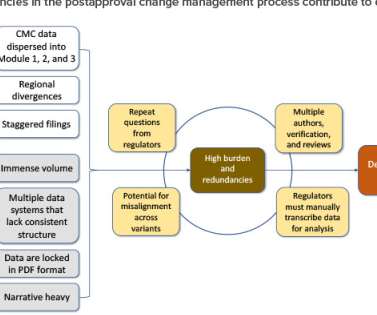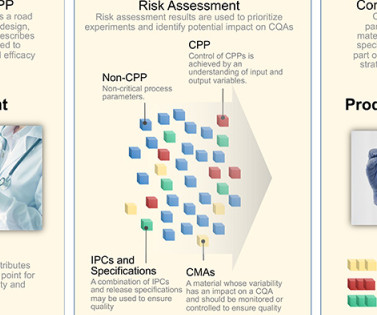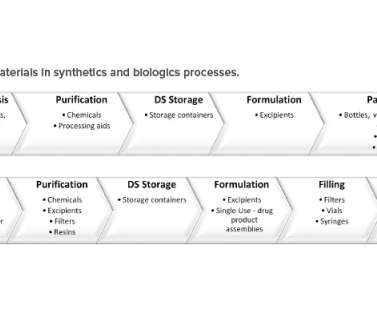Streamlining Postapproval Submissions Using ICH Q12 & SCDM
ISPE
AUGUST 29, 2022
Following approval of an initial marketing application, postapproval changes are needed to ensure adequate supply, mitigate supply risk, expand patient market access, optimize manufacturing processes, improve analytical methods, and comply with new regulatory expectations. Common Technical Document [CTD] sections).












Let's personalize your content